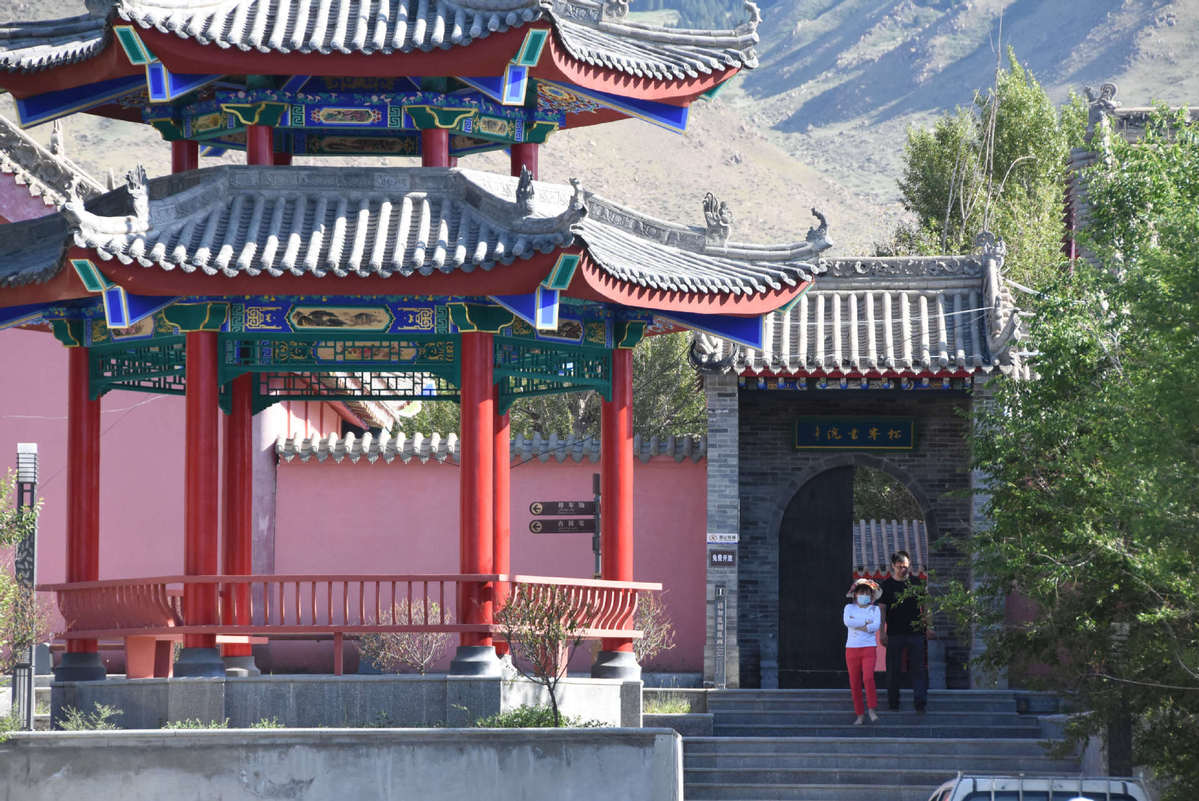Xinjiang protects Qing Dynasty fortress towns
 0 Comment(s)
0 Comment(s) Print
Print E-mail Xinhua, July 29, 2020
E-mail Xinhua, July 29, 2020

At the foot of the Tianshan Mountains in Northwest China's Xinjiang Uygur autonomous region sit two ancient fortress towns, projecting the power of the Qing Dynasty (1644-1911) hundreds of years ago.
The fortress towns are located in Barkol Kazak autonomous county, which, with a population of 105,000, borders Mongolia to the north.
Early in the 1990s, Barkol established a cultural heritage protection institution and the renovation of the two fortress towns has since become a major project.
Since 2014, the Barkol government has invested 30 million yuan (about $4.28 million) on renovating the towns, according to the county's cultural heritage administration.
The Qing Emperors Kangxi, Yongzheng and Qianlong underwent a long battle that lasted for almost 70 years with the separatist forces from the Junggar aristocrats in Xinjiang. Barkol was then a frontline command center and a supply base for the Qing military, thus the erection of the two fortress towns, according to Jiang Xiaoliang, director of the local culture and tourism bureau.
The historical document shows that in 1729, Yue Zhongqi, a senior general, led over 25,600 Qing soldiers to Barkol to suppress the rebels there. Two years later, they built the first fortress town, with four gates and 3,600 battlements on the walls. Outside the walls were a moat of four meters wide and four drawbridges, as well as fort barbettes and protruding ramparts.






Go to Forum >>0 Comment(s)